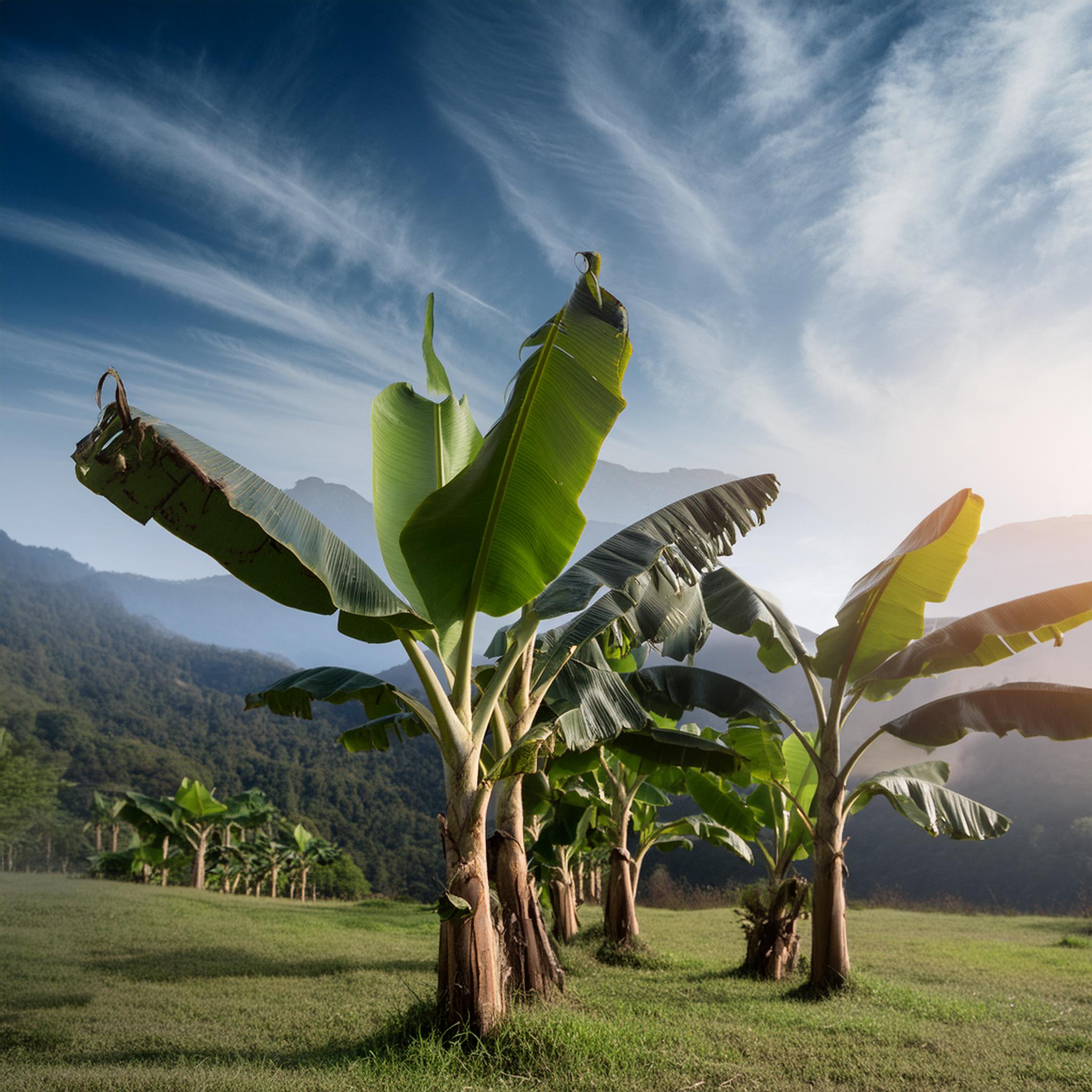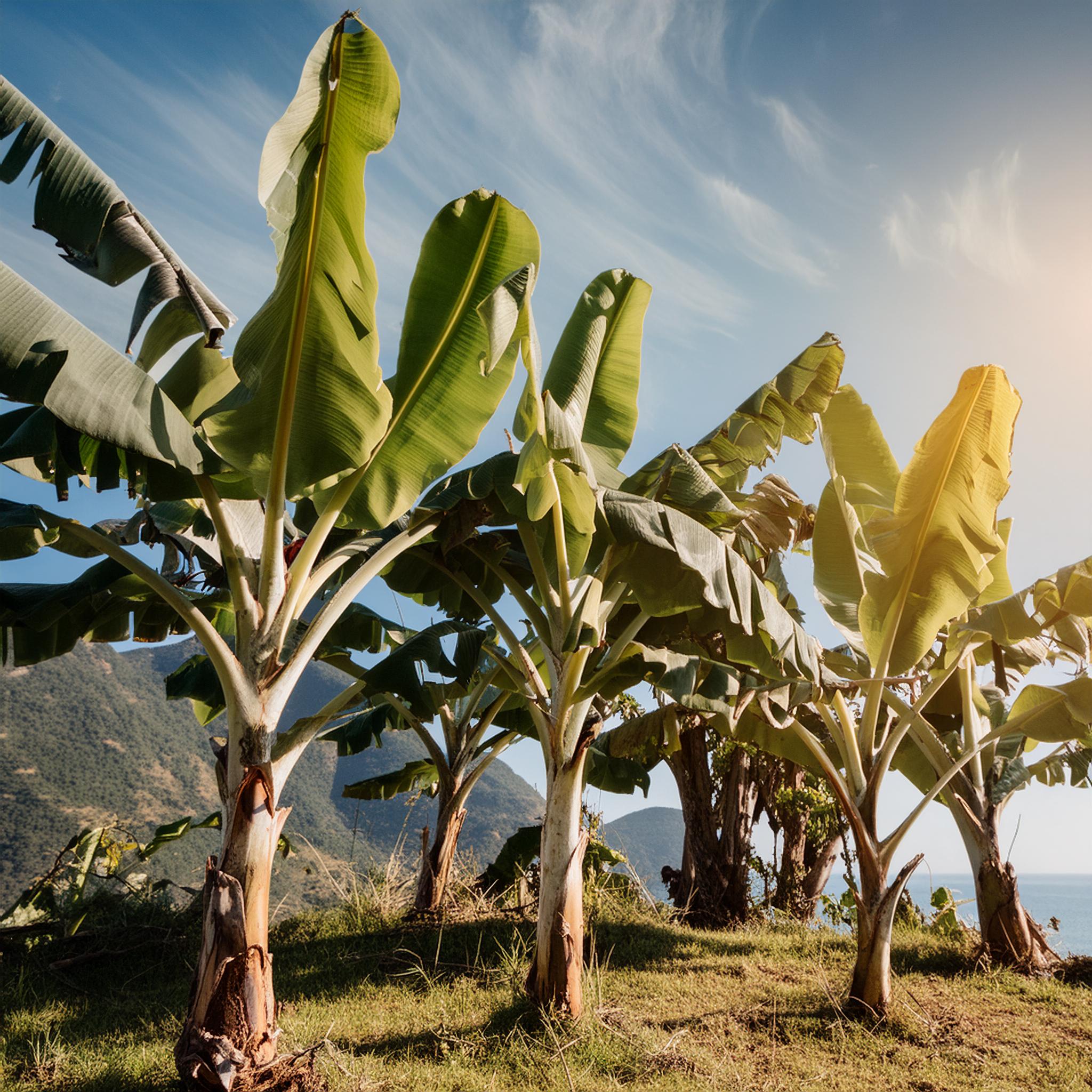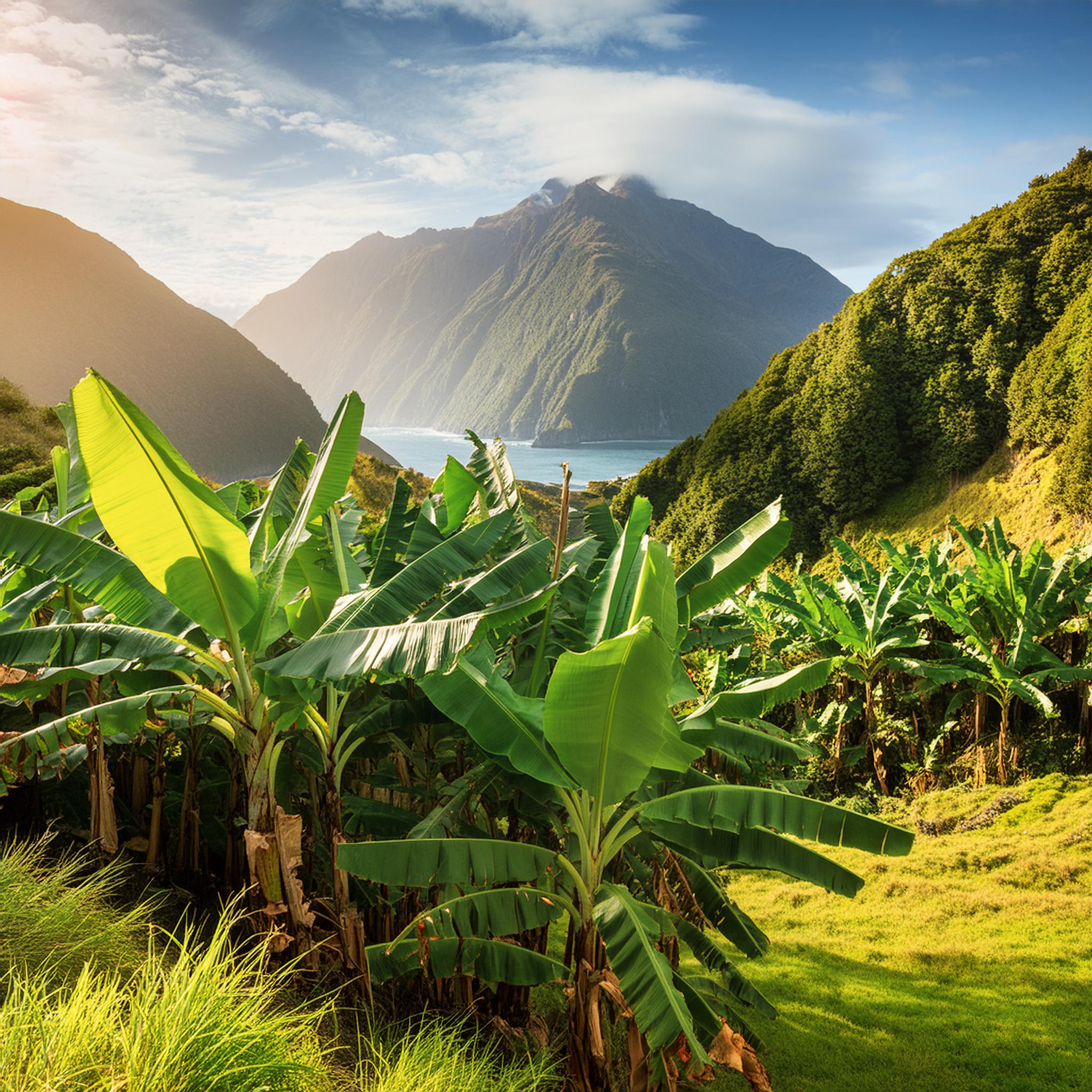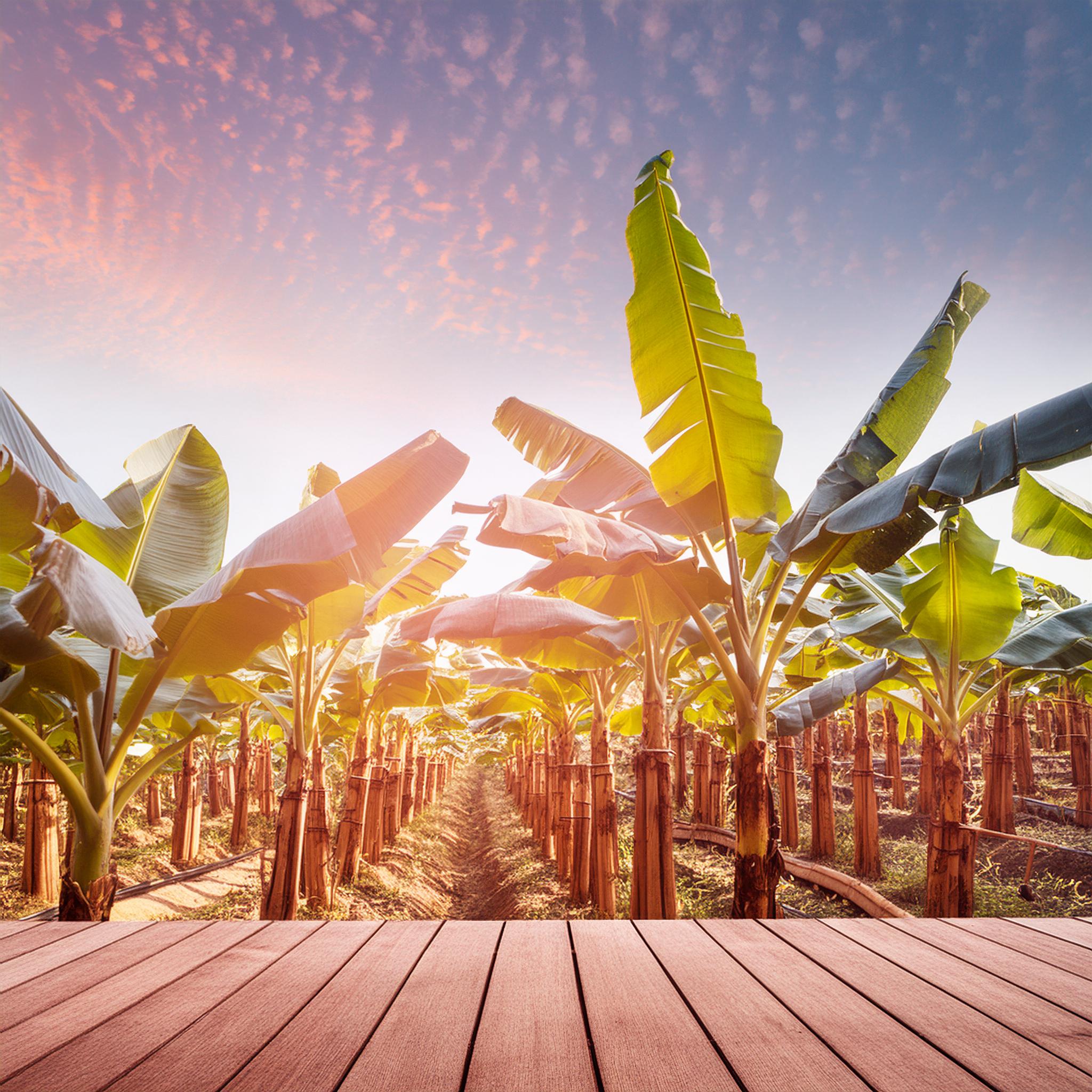-
Troppo Plant & Garden Articles
- Delicious Recipes
- TROPPO’s Food Forest in Te Puke, BOP (www,foodforest.org.nz)
- Troppo’s Plant Collection
- TROPPO's Nursery Directory
- Food Forests of New Zealand (www.foodforests.nz)
- Nursery Map - Plant Suppliers of NZ Directory (www.nurserymap.nz)
- Kids Garden Corner
- New Zealand Garden Bird Survey
- New Zealand Garden Groups
Here’s an in-depth look at banana propagation and the various banana varieties.

Bananas are one of the most popular fruits worldwide, and their cultivation is a fascinating topic. Here’s an in-depth look at banana propagation and the various banana varieties.
### Banana Propagation
Bananas can be propagated through several methods, with the most common being vegetative propagation. This is because bananas are typically seedless and require cloning techniques to reproduce.
1. **Suckers or Pups**:
– Bananas produce offshoots known as suckers or pups at the base of the plant. These are young shoots that grow from the root system of the parent plant. Once they reach a certain size, they can be separated from the parent and planted individually.
– **Steps**:
1. Identify a healthy sucker.
2. Cut the sucker away from the parent plant with a portion of the root attached.
3. Plant the sucker in fertile soil, ensuring adequate water and sunlight.
 2. **Tissue Culture**:
2. **Tissue Culture**:
– This method is used for large-scale propagation, especially in commercial banana farming. Tissue culture involves growing banana plants from cells in a controlled laboratory environment.
– **Steps**:
1. Extract tissue from a banana plant.
2. Place the tissue in a nutrient-rich medium under sterile conditions.
3. Allow the tissue to develop into a small plantlet.
4. Transfer the plantlet to soil to grow into a mature plant.
3. **Division**:
– This method involves dividing the rhizomes (underground stems) of the banana plant. Each piece of rhizome can grow into a new plant.
– **Steps**:
1. Dig up the parent plant and cut the rhizome into sections, each with at least one bud.
2. Plant the sections in soil.
 ### Banana Varieties
### Banana Varieties
Bananas come in numerous varieties, each with unique characteristics in terms of flavor, texture, and use. Here are some of the most notable types:
1. **Cavendish**:
– The most widely consumed banana worldwide.
– Characteristics: Sweet flavor, creamy texture, and yellow skin when ripe.
– Uses: Eaten fresh, used in smoothies, and desserts.
2. **Plantain**:
– Also known as cooking bananas, plantains are starchy and less sweet.
– Characteristics: Larger than dessert bananas, with thicker skin that can be green, yellow, or black.
– Uses: Cooked in various dishes such as fried plantains, stews, and chips.
3. **Red Banana**:
– Known for its reddish-purple skin and sweet taste.
– Characteristics: Smaller and plumper than Cavendish bananas, with a slight raspberry flavor.
– Uses: Eaten fresh or used in fruit salads and desserts.
4. **Blue Java**:
– Also called the Ice Cream Banana due to its creamy texture and vanilla flavor.
– Characteristics: Silvery-blue skin that turns pale yellow when ripe.
– Uses: Eaten fresh, often frozen and enjoyed like ice cream.
5. **Burro Banana**:
– A squat banana with a lemony flavor.
– Characteristics: Small to medium size with squared-off ends and a thick skin.
– Uses: Eaten fresh, used in baking, or fried.
6. **Manzano Banana**:
– Also known as the Apple Banana, it has a sweet-tart flavor reminiscent of apples.
– Characteristics: Smaller and plumper with a firmer texture than Cavendish.
– Uses: Eaten fresh or added to desserts.
7. **Gros Michel**:
– Once the dominant commercial banana before the rise of Cavendish due to disease resistance.
– Characteristics: Similar to Cavendish but larger and more robust in flavor.
– Uses: Eaten fresh, in desserts, and smoothies.
8. **Pisang Raja**:
– Popular in Southeast Asia, known for its rich, sweet flavor.
– Characteristics: Medium size with a yellow skin that has black spots when ripe.
– Uses: Eaten fresh or used in making banana fritters.
9. **Barangan**:
– A sweet variety commonly found in Indonesia.
– Characteristics: Small to medium size with a yellow skin that has small black dots.
– Uses: Eaten fresh.
### References and Further Reading
To dive deeper into banana propagation and the various banana varieties, here are some scholarly articles and resources:
1. [Banana Cultivation and Propagation Techniques (FAO)](http://www.fao.org/3/a-au838e.pdf)
2. [Tissue Culture for Banana Propagation](https://www.researchgate.net/publication/323994292_Tissue_Culture_for_Banana_Propagation)
3. [Overview of Banana Varieties and Their Uses](https://www.ncbi.nlm.nih.gov/pmc/articles/PMC6169780/)
For further research, you might want to look into recent publications on banana genetics, disease resistance, and the impact of climate change on banana farming.



